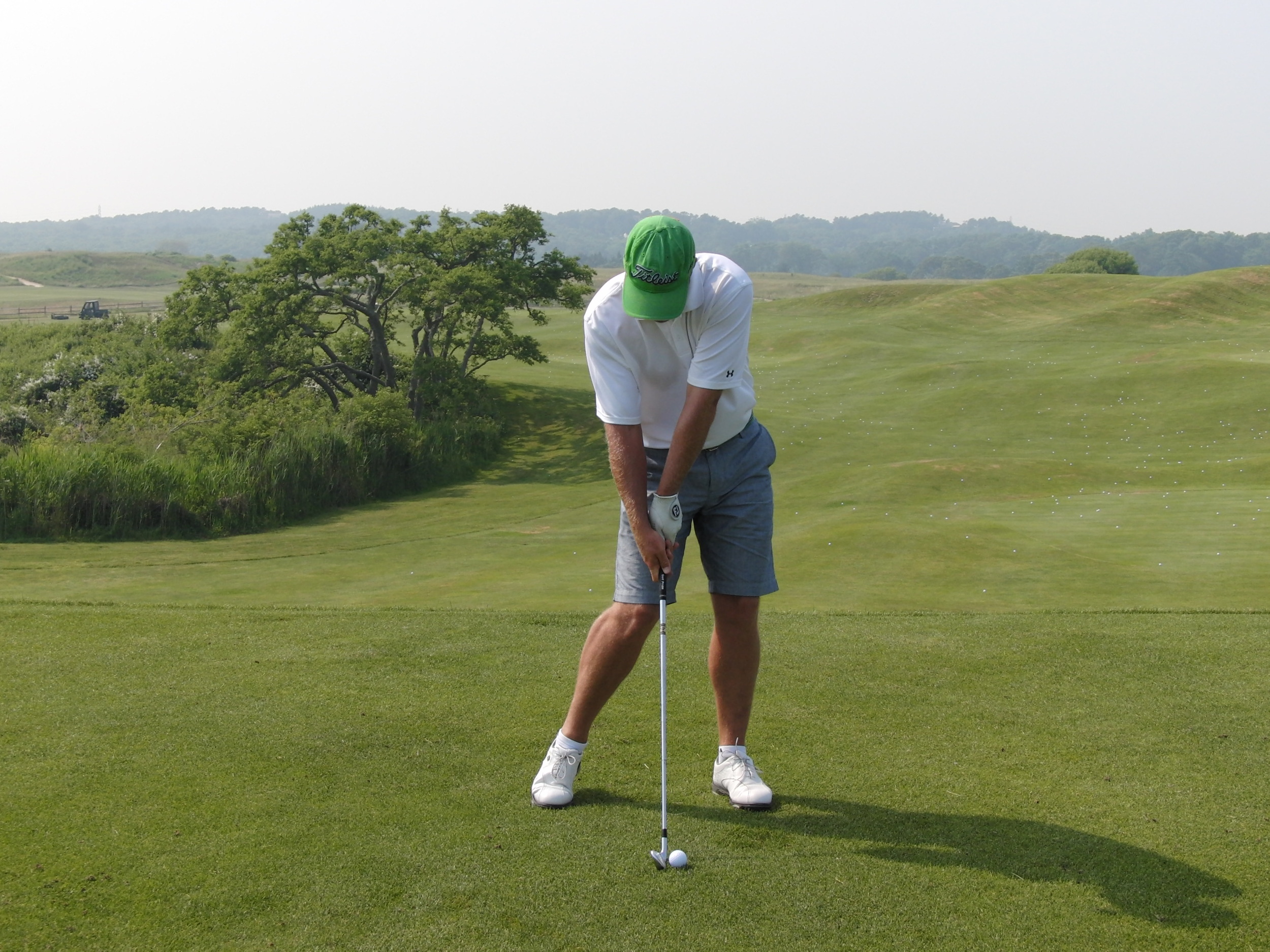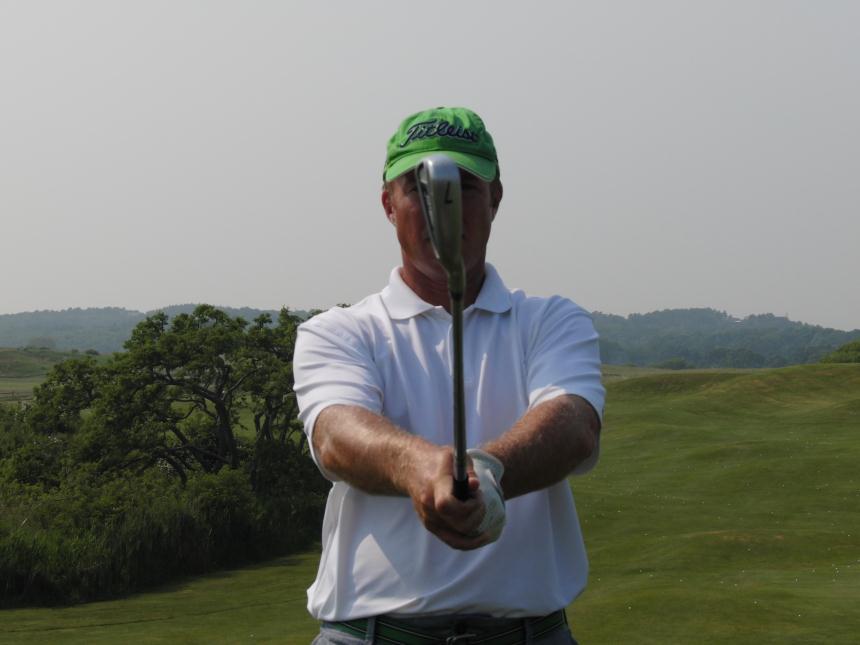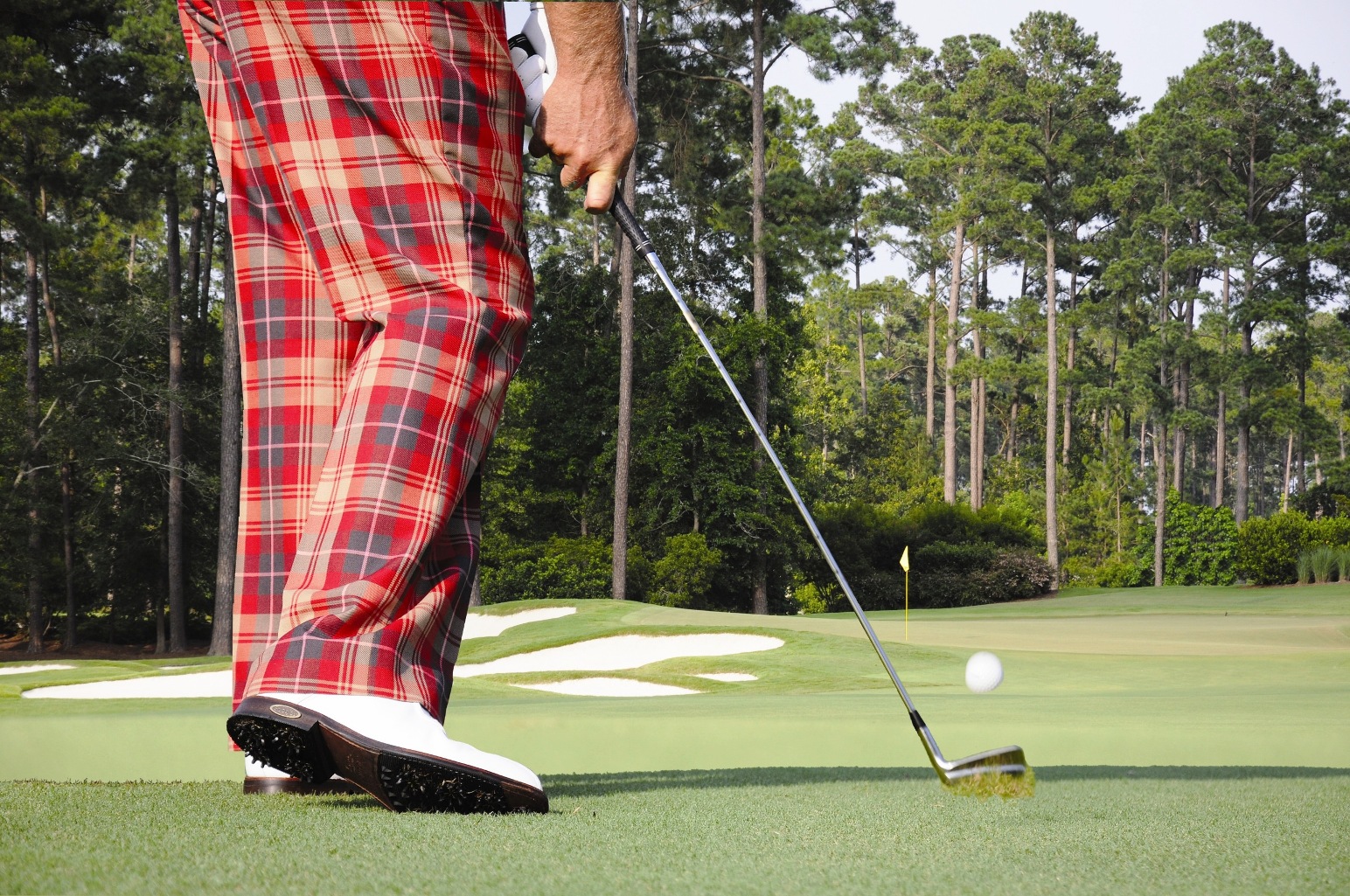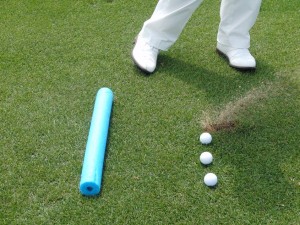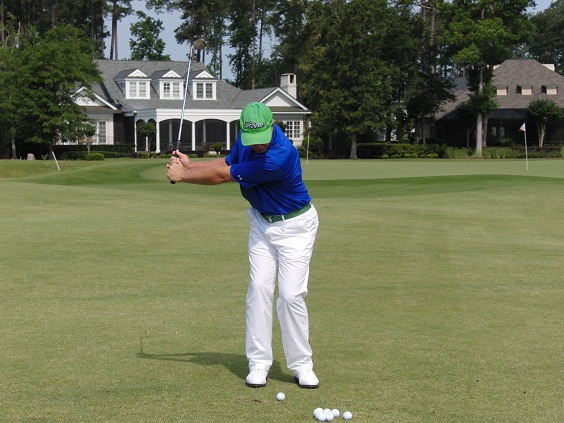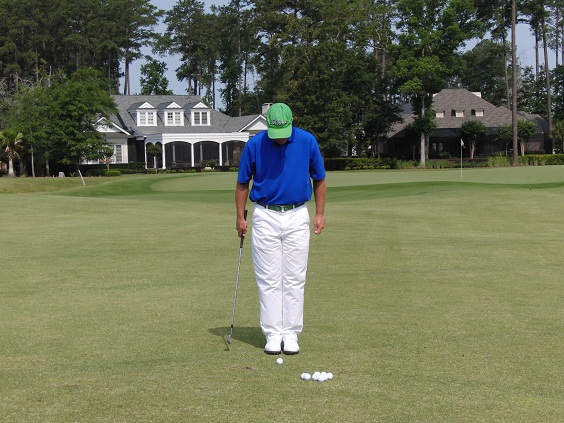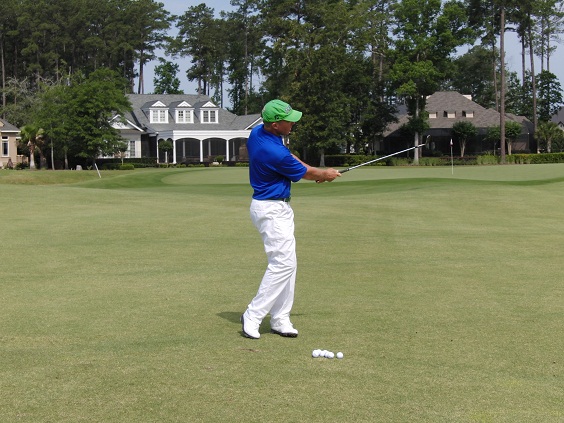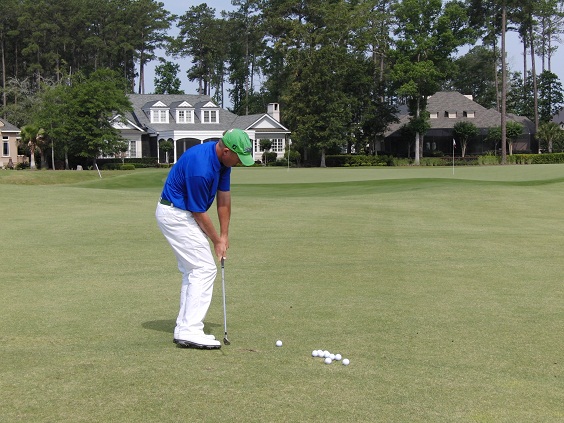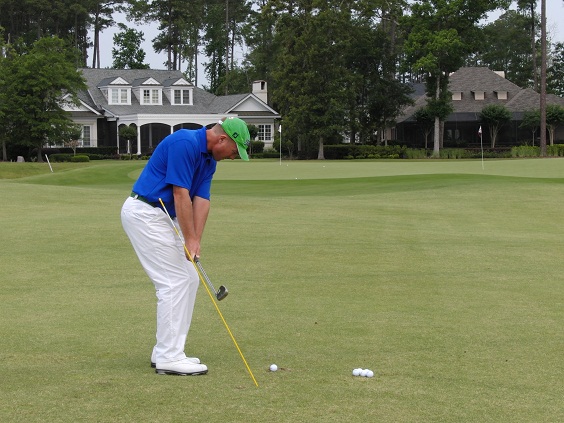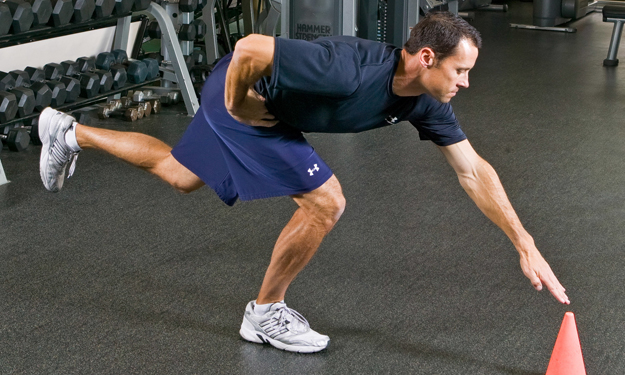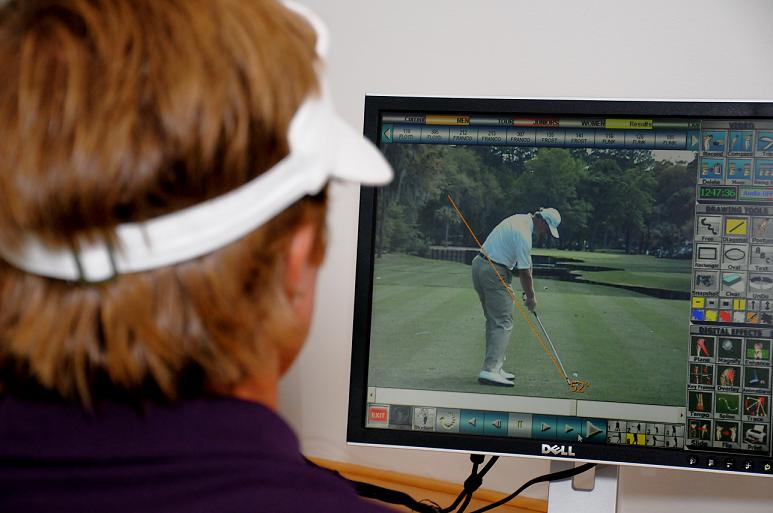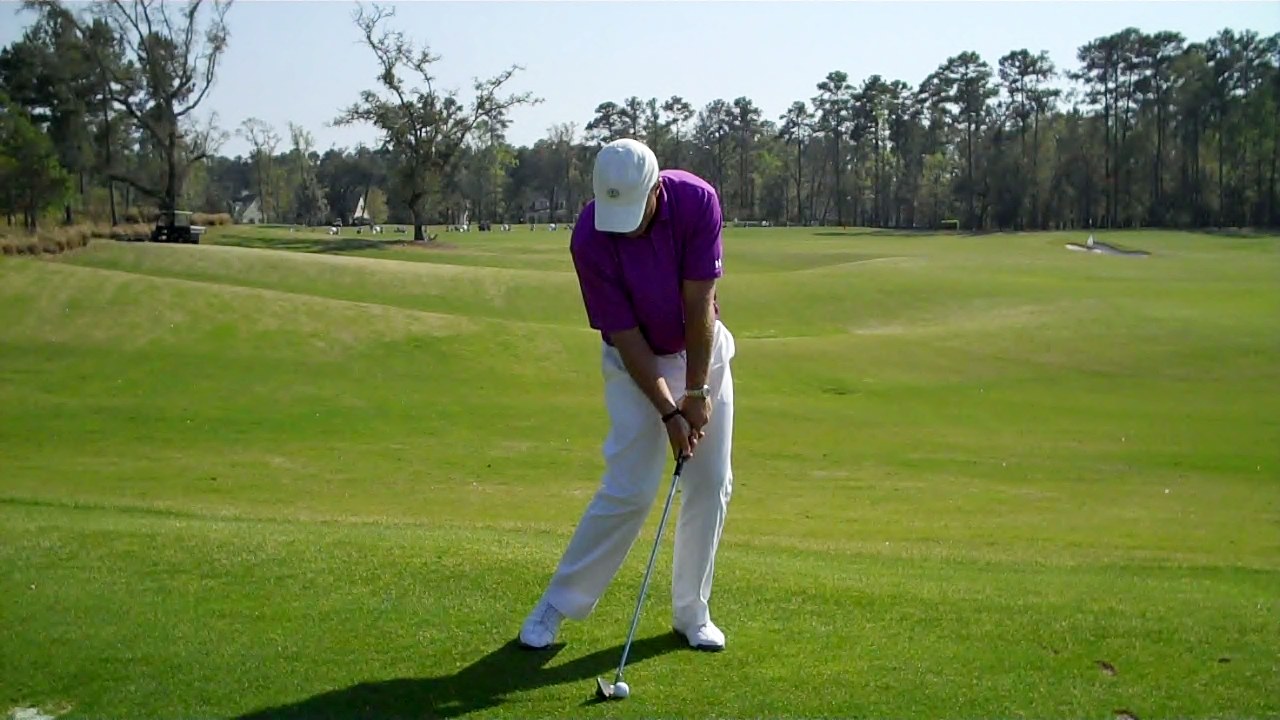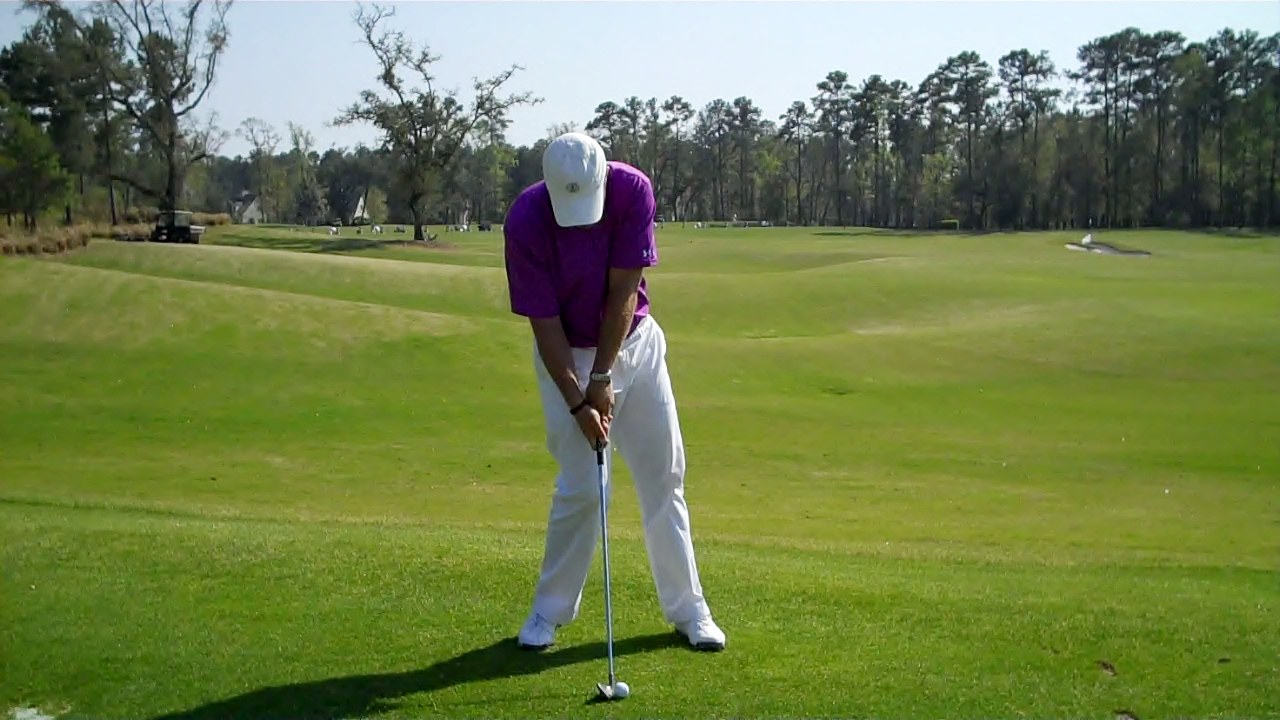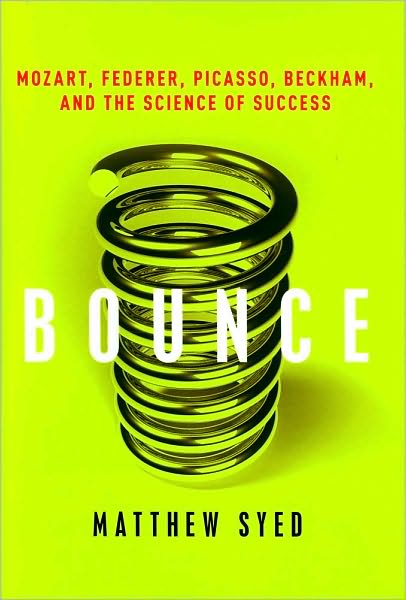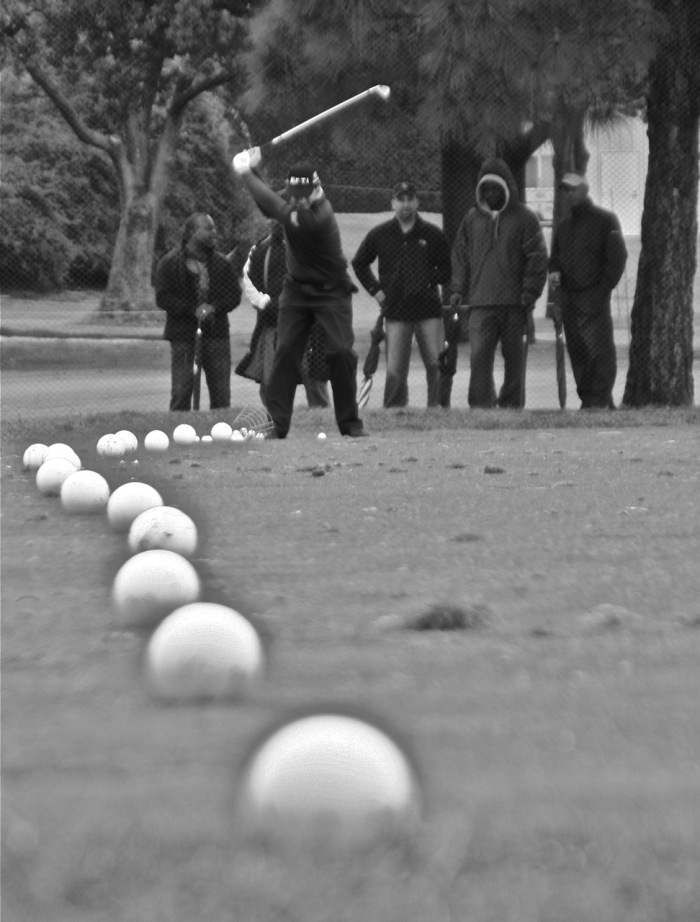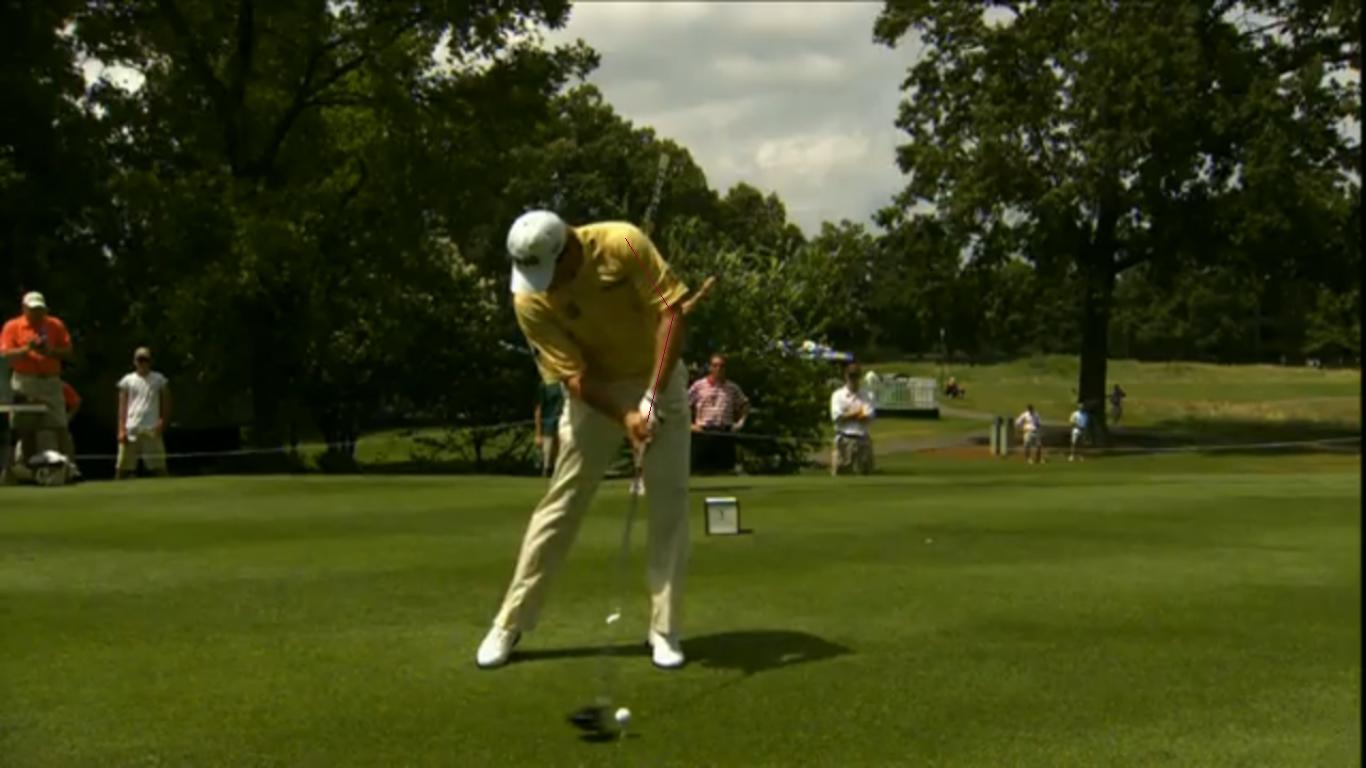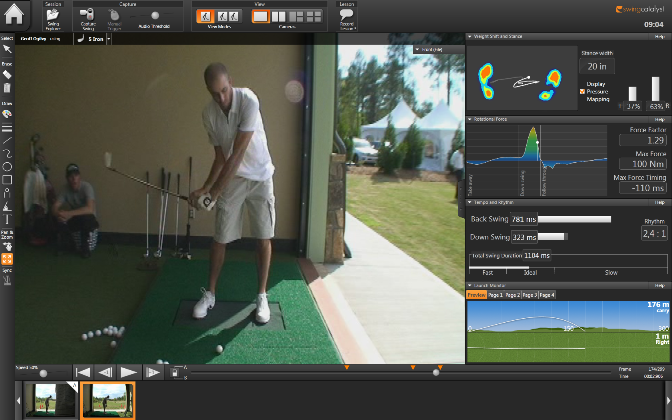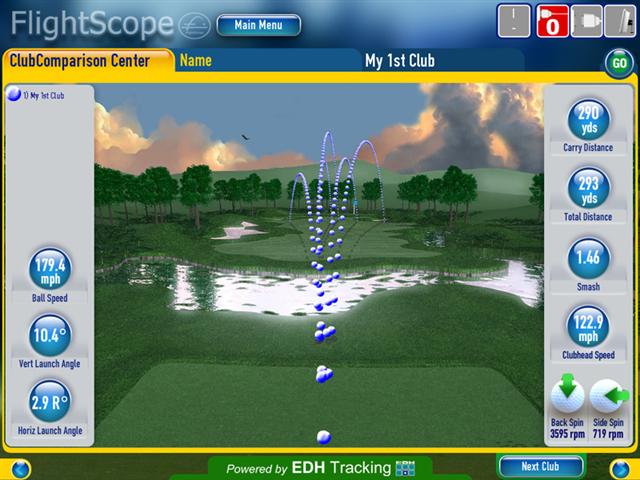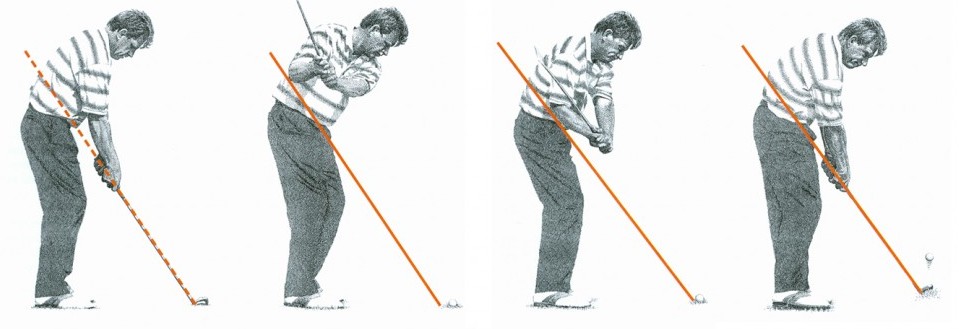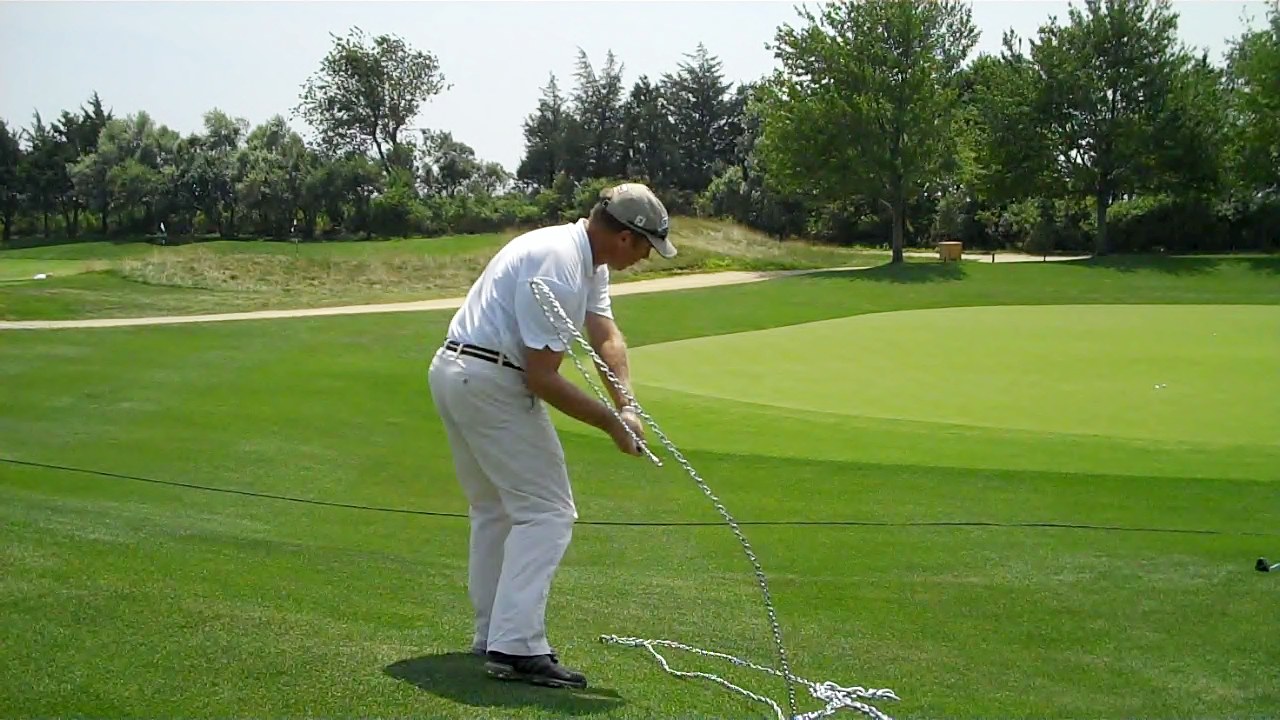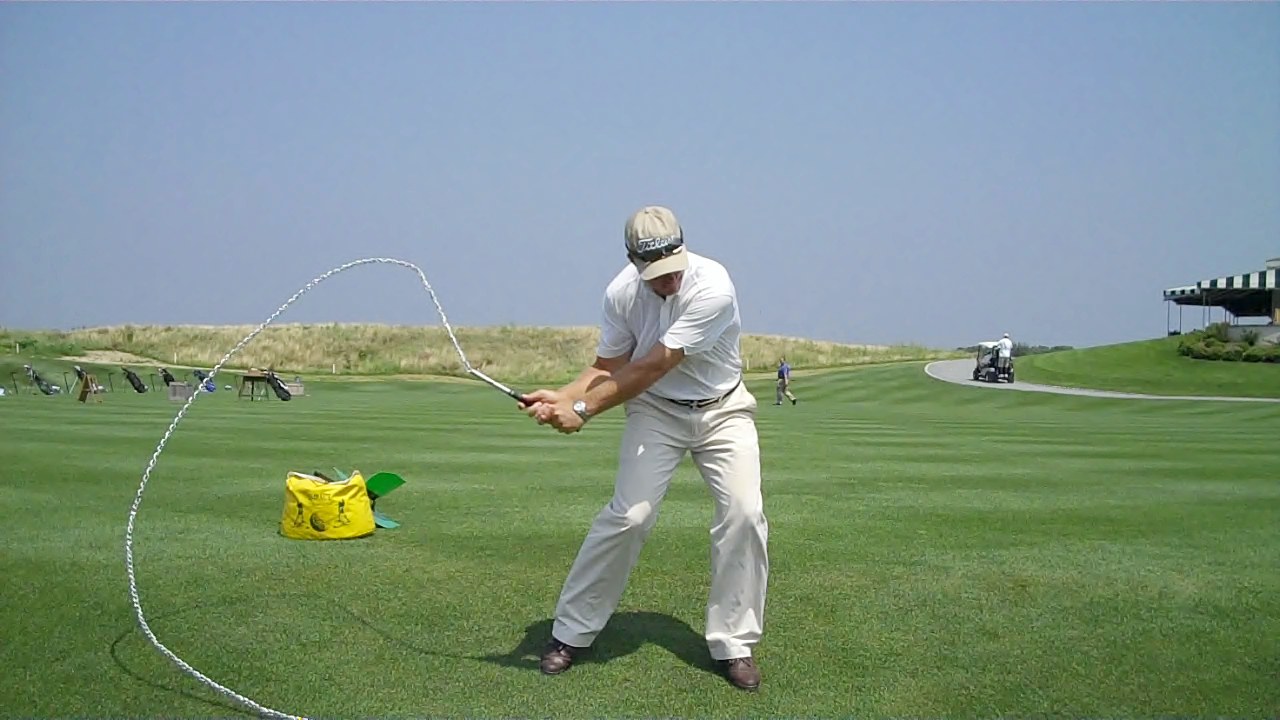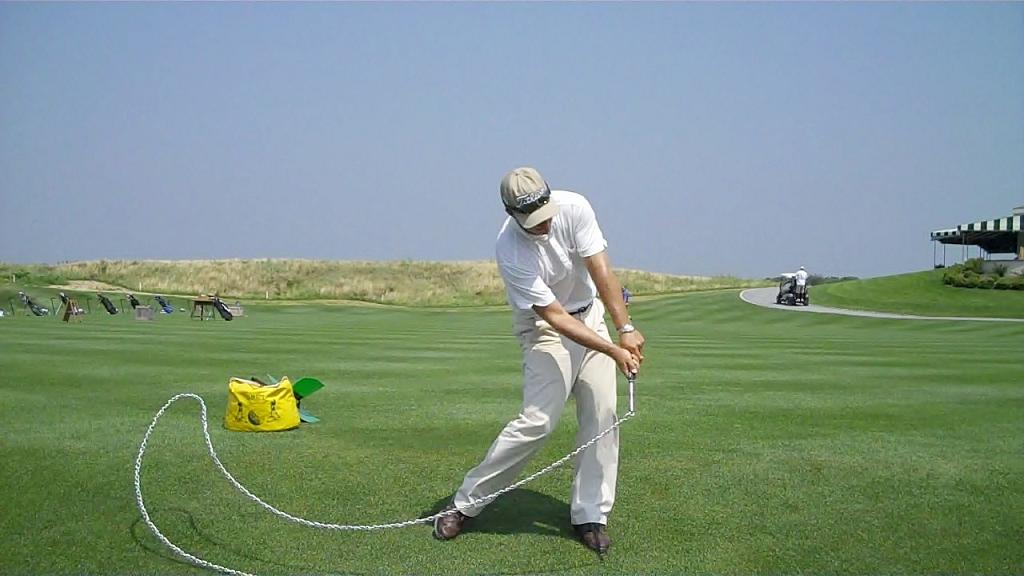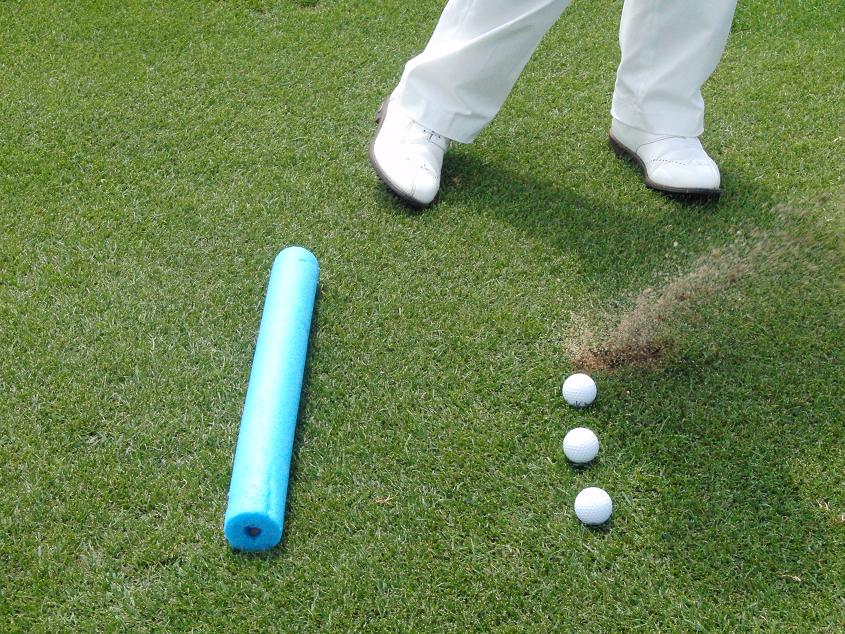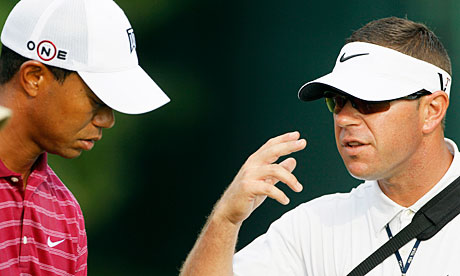 Here is an excellent article that I came across that explains a little more about Sean Foley and his relationship with Tiger Woods and Stack and Tilt's Bennett and Plummer:
Here is an excellent article that I came across that explains a little more about Sean Foley and his relationship with Tiger Woods and Stack and Tilt's Bennett and Plummer:
(Robert Lusetich/Fox Sports)
Sean Foley has "no interest" in getting Tiger Woods to swing as he did in 2000, when the world No. 1 had arguably the greatest year in the history of golf.
"That was how he learned to swing, and he had great success with it but it was penal on the body and dependent on timing," said Foley, who's working with Woods this week at the Deutsche Bank tournament outside of Boston. "It was pretty looking, but it just wasn't the most efficient way to swing."
Woods won four straight majors from the middle of 2000 to April, 2001, but it came at a cost.
The way he snapped his left leg on the downswing, Foley and Woods agree, caused serious damage to the knee, which had to be reconstructed in 2008.
"This is nothing against Butch (Harmon, who was Woods' coach at the time) but trying to go back to that would be a huge mistake," Foley said. "Plus, he can't rotate like he did when he was an elastic kid. He's nearly 35, he doesn't have that body anymore."
Instead, Foley has Woods more centerd over the ball throughout his swing, putting less stress on his body and, judging by the jump in fairways and greens hit last week at The Barclays, leading to improved ball-striking.
Woods has stopped shy of anointing Foley as his new coach, but on Thursday he again spoke glowingly of how much better he was playing since starting to work with the 35-year-old Canadian three weeks ago.
"I'm hitting the ball much better, hence I have more confidence," Woods said. "I'm driving the ball much straighter, hitting the ball a little bit farther, especially with my irons, and those are all positive signs.
"It's just a matter of, as I said, making it a little bit more natural, and that's just reps."
Although Woods has been careful not to criticize the unorthodox teaching methods of his previous coach, Hank Haney -- he made a point last week to note that they won six majors together -- Foley isn't as diplomatic.
"Let's be honest about this, it's not like he was flushing it with Hank," Foley said. "I think he hasn't been happy with how he's hit it for a very long time."
Indeed, Foley has spent much of their time on the range together ridding Woods of what he calls "counter-intuitive moves introduced in order to offset something else that didn't need to be there."
What Foley, who is enjoying the challenge of taking on golf's most recognizable name, has in common with Haney is that they both quickly became aware that Woods is a lightning rod.
Foley's teaching philosophy wasn't of particular interest to anyone outside the small world of golf swing nerds until he started working with Woods.
Now, he's at the center of a whisper campaign that accuses him of stealing his ideas from two colleagues, Andy Plummer and Mike Bennett.
Plummer and Bennett developed a system of hitting a golf ball called Stack and Tilt, which calls for players to keep their weight on their front leg throughout the swing.
Though hailed as revolutionary, it was met with derisive condemnation by the teaching establishment. Nonetheless, several players who switched to Stack and Tilt won on the PGA Tour, giving the method legitimacy.
Foley admits that he enjoyed discussing the intricacies of the swing with Plummer and Bennett, whom he likes and respects, but ultimately, he credits them with "maybe 5 percent" of the inspiration behind his own, very similar, swing ideas.
"Andy and Mike are very bright guys, but how much of what they teach is Mac O'Grady?" Foley said of golf's Bobby Fisher, a tortured genius who's spent years breaking down the secrets of golf.
"And how much did they take from (Sam) Snead and (Ben) Hogan? And how much of it is taken from (Isaac) Newton?"
Foley says his swing ideas were developed over 15 years. He said he learned when still a teenager trying to copy the swing of Curtis Strange -- who swayed off the ball on his backswing -- that keeping the weight more centred worked better.
He then studied the swings of great players in history and noticed they didn't make dramatic weight shifts away from the ball either.
"Mike and Andy aren't reinventing the wheel," Foley said. "Like me, they watched old school players hit it good and realized there was something to what they were doing, but they didn't invent the 1950 golf move."
The most obvious difference between Stack and Tilt and Foley is that all the players taught by Plummer and Bennett swing very much alike.
Foley's three highest-profile students (before Woods), Sean O'Hair, Hunter Mahan and Justin Rose, don't swing anything alike.
"Stack and Tilt is one method of swinging," Foley said. "If it's such a great system, then why are people coming for a 'watered-down version' from me?"
Foley finds it amusing to hear that he's being derided as the "flavor of the month" on the Tour practice range.
"If I'm flavor of the month then I've been flavor of the month for ten years," he said. "I'm doing what I was supposed to do, I really believe that.
"There's a sense that this was what I was meant to do, and here I am. But this is not fixing world hunger, this is getting people who are already very good to hit a golf ball better.
"I suppose my point is that I'm not a guru, and I'm not some guy who (BS'd) his way to the top. I'm just who I am."

Very interesting!
To learn more about better ball striking visit www.itsallaboutimpact.com
To see how Sean Foley's other students have fared click HERE


